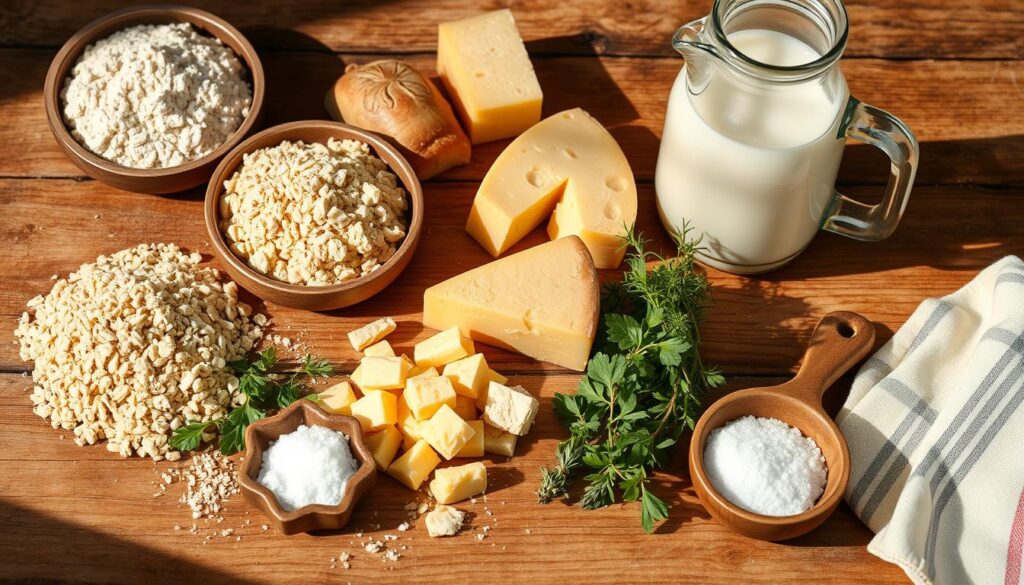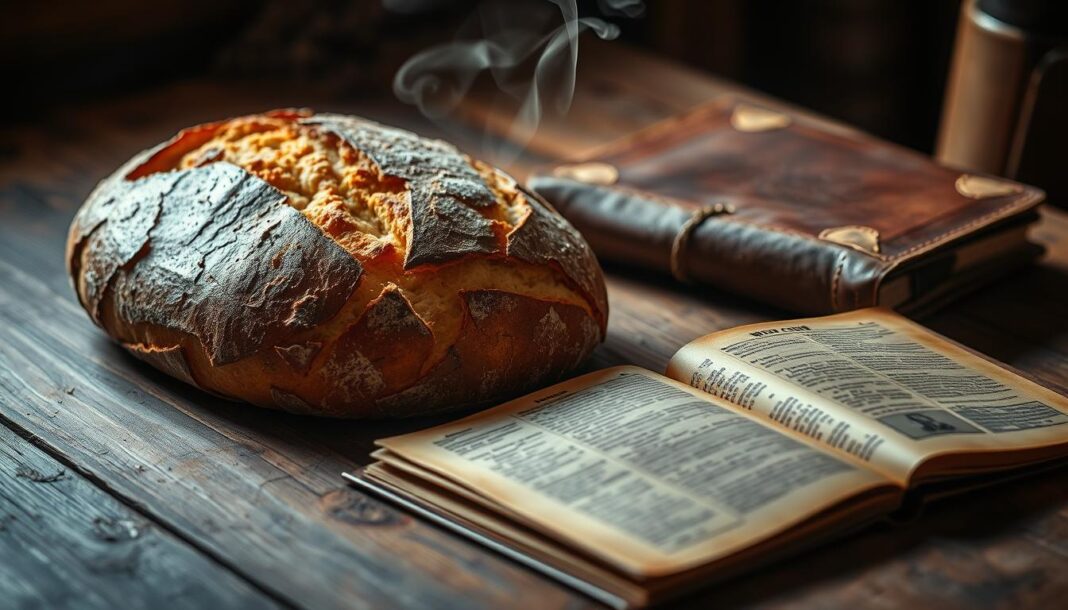We’re excited to share our meticulously researched and tested wolf loaf recipe, a fascinating bread creation with historical roots and modern appeal.
This distinctive loaf, shaped like a wolf, combines traditional baking techniques with artistic presentation that will impress your family and guests.
Our recipe draws inspiration from medieval bread-making traditions while incorporating modern ingredients for optimal flavor and texture.
Key Takeaways
- Discover the historical context of wolf-shaped loaves
- Learn how to create a wolf loaf using traditional baking techniques
- Understand the significance of medieval bread-making traditions
- Master the perfect bake and presentation for your wolf loaf
- Explore the cultural references that have renewed the popularity of wolf loaves
The History Behind Wolf Loaf
As we explore the history of wolf loaf, we find that bread has been a canvas for creativity and symbolism across centuries. The art of shaping bread into various forms, including animals, dates back to medieval times, where it was a staple at special occasions and festivals.
The cultural significance of such bread content varied greatly with social class, as finer white breads were reserved for the nobility, while coarser, darker breads were consumed by the common folk.
Medieval Bread Traditions
The tradition of shaping bread into symbolic forms, like the wolf, connects to European folklore where the wolf symbolized both danger and protection. This duality is reflected in the medieval practice of crafting decorative loaves for significant events.
Wolf Bread in Popular Culture
The modern resurgence of interest in wolf-shaped bread can be attributed to its feature in popular culture, notably in Game of Thrones, Season 4, Episode 7, “Mockingbird,” where a character named Hot Pie creates a direwolf-shaped bread, sparking interest among viewers and bakers alike.
Essential Ingredients for Wolf Loaf
Crafting our Wolf Loaf involves a thoughtful selection of ingredients that balance structure, flavor, and appearance. The quality of these ingredients directly impacts the final product.
Flour, Buttermilk and Butter
Our recipe starts with 4 cups of all-purpose flour, providing the necessary protein content for a tender yet structured bread. We use 1¾ cups of buttermilk, which adds tanginess and reacts with baking soda for leavening. Butter, cubed and cold, creates pockets in the dough, enhancing texture.
Orange Zest and Other Flavor Enhancers
The addition of 1 teaspoon of orange zest introduces a subtle citrus note, enhancing the bread‘s flavor profile. We’ve balanced the salt content at 1½ teaspoons to complement the sweetness from brown sugar, while omitting yeast and water due to our unique leavening process.

Step-by-Step Wolf Loaf Preparation
Making our historical Wolf Loaf recipe is an enjoyable experience that involves several crucial stages. We start by preheating our oven to 350°F, a critical step for achieving the right texture and rise in our bread.
Mixing the Dough
In a large bowl, we combine dry ingredients—flour, brown sugar, baking soda, and salt. We then add cold, cubed butter and mix until the mixture becomes dry and crumbly. In a separate medium bowl, we mix buttermilk, egg, and orange zest, creating the wet ingredients that will add moisture and binding properties to our loaf.

Shaping Your Wolf Design
After a brief kneading to develop the gluten, we let the dough rest in the bowl for 20 to 30 minutes. This resting period is crucial as it allows the flour to hydrate fully and the gluten to relax, making it easier to shape. We then roll out the dough to an even thickness and carefully cut out the wolf design, paying special attention to details like the ears and tail.
Baking Instructions
Before placing our shaped loaf in the oven, we brush it with an egg wash to achieve a golden-brown crust. The oven temperature is maintained at 350°F, and we bake for approximately 30 minutes, or until the bread is golden brown. It’s essential to monitor the baking process, checking at the 25-minute mark to prevent over-browning.
Serving Suggestions for Your Wolf Loaf
As we conclude our journey through the historical Wolf Loaf recipe, it’s time to bring this medieval delight to your table. Serving your Wolf Loaf while it’s still slightly warm from the oven enhances its texture and aroma, making it a treat for the senses.
Pair it with a small bowl of high-quality butter, perhaps seasoned with a pinch of flaky sea salt, for an elevated experience. This loaf is also a perfect accompaniment to hearty stews or soups, especially those with medieval or rustic themes, due to its substantial content.
For special occasions, consider creating multiple loaves of varying sizes to create a ‘wolf pack’ presentation. The slightly sweet nature of this bread makes it versatile enough to be served at various meals, from savory dinners to breakfast when toasted and served with jam or honey. If you have leftovers, a few minutes in a warm oven can restore much of its original appeal.


